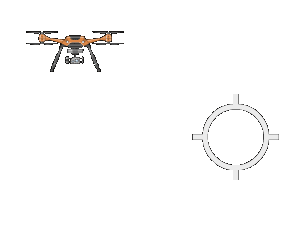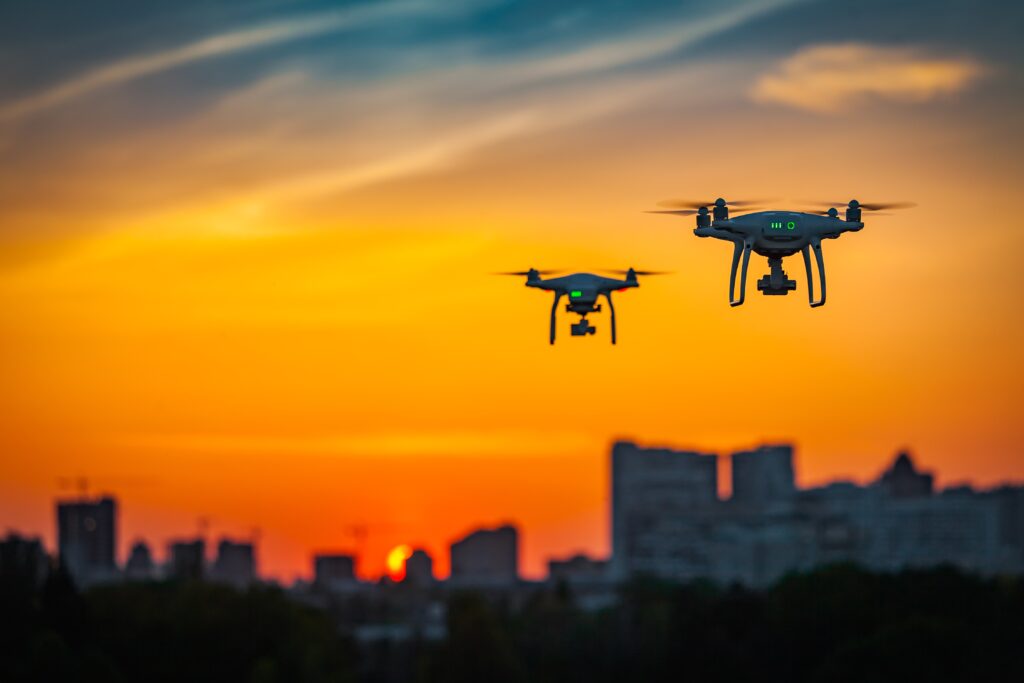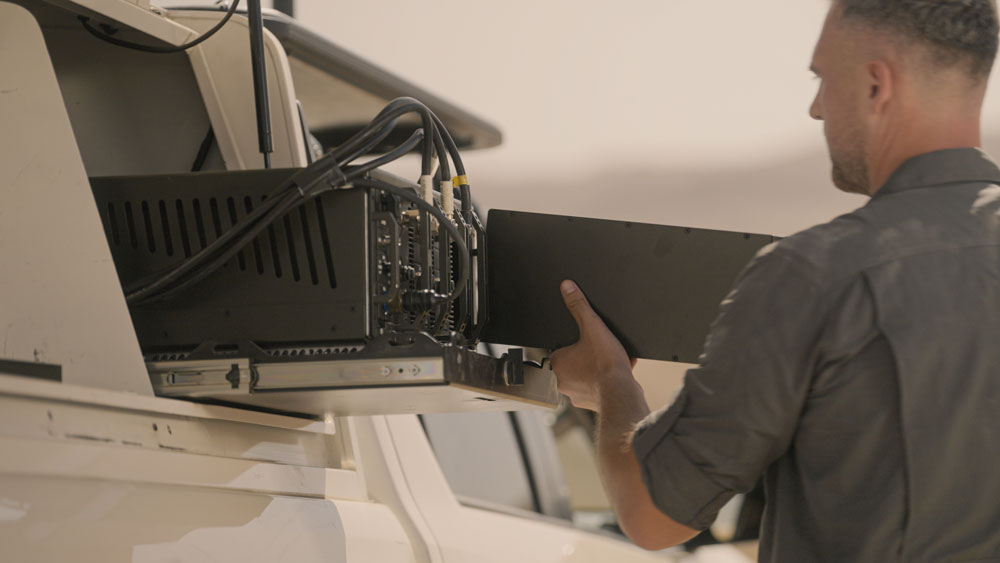In an era dominated by technological advancements, prison authorities worldwide face unprecedented challenges in maintaining security and order within correctional facilities. Two of the most critical issues are the illicit use of cell phones by inmates within prison walls and the ability of drones to infiltrate the prison grounds and disrupt the daily routine. These devices not only compromise the safety of prison staff and inmates, but also enable criminal activities in and beyond prison walls.
To ensure security and counter these threats, there is an urgent need for advanced jamming technology specifically designed to neutralize the use of cell phones and drones within prison compounds.
The Threat of Cell Phones in Prisons
While mobile phones have become essential to modern communication, their presence within prison walls presents various challenges that authorities must overcome on a daily basis.
Cell phones are smuggled into prisons and used by inmates to communicate with the outside world. The consequences are severe, ranging from coordinating criminal activities to intimidating witnesses and even organizing escapes. Traditional security measures, such as metal detectors and body searches, often fail to detect hidden cell phones.
Despite prison authorities’ efforts to confiscate and control cell phones, they continue to multiply within prison walls. The ingenuity of inmates and the cooperation of some prison staff members contribute to the persistent problem and make it challenging for authorities to monitor and intercept these activities effectively.
Countering Cell Phone Threats in Prisons with Advanced RF Jamming
Advanced RF jamming systems have emerged as a critical solution to combat the growing threat of using banned cellular phones within prison walls. These systems can disrupt and block cellular signals within prison facilities, rendering unauthorized and illicit devices useless. By selectively targeting specific frequency bands used by mobile phones, these jammers prevent inmates from making calls or sending messages without interfering with essential prison communications.
How RF Systems Block Cell Phones within Secure Areas
RF jamming against cell phones emits powerful radio frequency signals that interfere with the frequencies used by mobile devices. The jammer first identifies the specific frequencies employed by cellular networks. It then broadcasts signals on these same frequencies, overpowering the cellular signals and preventing phones from establishing a connection with network towers. This disruption blocks calls, text messages, and data transmissions.
Advanced RF jammers can precisely target specific frequency bands to limit interference to cell phones while minimizing impact on other electronic devices. Additionally, these systems allow for controlled coverage, focusing the jamming effect within specific areas, such as prison walls, ensuring effective communication disruption without affecting surrounding regions.

The Growing Threat of Drones in Prisons
The growing threat of drones in prisons represents a significant challenge to facility security and safety. Drones, or Small Unmanned Aerial Vehicles (SUAV), have become increasingly accessible and affordable, leading to their use in smuggling all types of contraband, delivering illicit goods, and even conducting surveillance inside prison walls. More alarmingly, there is a rising concern about drones being used to carry explosives or bombs, posing a direct threat to the lives of inmates, staff, and visitors.
Their ability of drones to bypass traditional security measures—such as fences and walls—allows them to transport dangerous items like drugs, weapons, and explosives into correctional facilities with relative ease. Drones’ aerial perspective also poses a risk by enabling unauthorized surveillance of security operations and inmate movements. As drone technology advances and becomes more sophisticated, it becomes critical for prisons to implement advanced countermeasures to detect, intercept, and neutralize these airborne threats, ensuring the safety and security of the facility and its operations.
RF Jamming: Protecting Prisons from the Growing Drone Threat
In response to the rising threat of drones in prisons, advanced RF jamming technology offers a cutting-edge and precise solution. Unlike traditional jamming methods, these sophisticated systems can precisely target the frequencies used by drones, ensuring effective disruption without interfering with other critical communications.
The advanced technology allows for real-time detection and automatic adaptation to different drone models and control signals, making it highly versatile and reliable. Modern RF jammers are equipped with directional antennas, enabling them to focus their jamming power on specific areas and minimize collateral interference. This advanced approach not only neutralizes unauthorized drones but also ensures that security measures are robust enough to handle the evolving tactics of drone operators, making it an essential tool for maintaining the security and safety of correctional facilities.
How do RF Jammers work to Counter Drones
RF jamming technology effectively neutralizes unauthorized drones by broadcasting powerful, targeted signals on the frequencies used for drone communication and control. The jammer identifies these specific frequencies and then emits a jamming signal that disrupts the drone’s control and navigation links. This interference leads to a loss of connection between the drone and its operator, resulting in the drone becoming unresponsive or initiating automatic recovery manoeuvres, such as returning to its take-off point.
Advanced RF jammers are equipped with adaptive frequency management and precise signal projection capabilities, allowing them to disrupt multiple drones while minimizing interference with legitimate communications simultaneously. This advanced functionality provides comprehensive protection against unauthorized drone threats in secure environments.
Summary and Conclusions
In the ever-evolving landscape of prison security, staying ahead of illicit activities that circumvent traditional measures is crucial. Advanced jamming technology is a powerful asset in combating the unauthorized use of cell phones and drones within correctional facilities. By investing in and implementing these sophisticated systems, prison authorities can significantly bolster security, ensuring safer environments for both staff and inmates. This proactive approach enhances internal security and helps mitigate the broader societal risks linked to criminal activities conducted from within penitentiaries.




